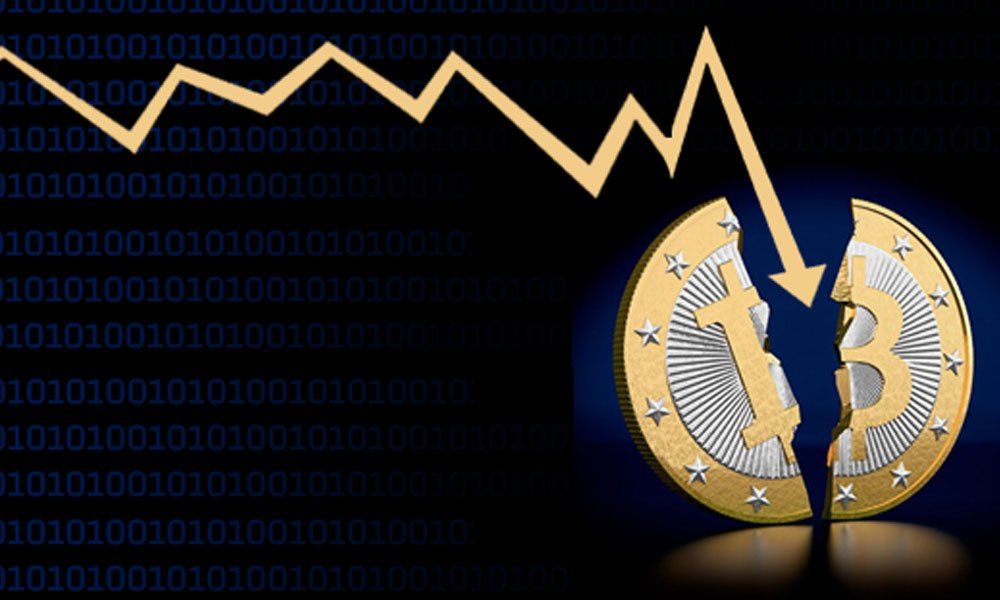The Mariana Dam disaster, a catastrophic event that sent shockwaves through the local economy, not only devastated the environment but also reshaped the burgeoning world of cryptocurrency trading in the region. As news of the disaster spread, panic enveloped the community, leading to a rapid and tumultuous shift in how digital currencies were perceived and utilized.
Suddenly, concepts once seen as mere speculative ventures transformed into lifelines for many. Traders, investors, and casual enthusiasts alike faced a crossroads: Should they cling to their investments or pivot in response to the unfolding crisis? This article delves into the myriad ways the disaster influenced local crypto trading, exploring the emotional turmoil, the shifting market dynamics, and the innovative strategies that emerged in the wake of uncertainty.
As the dust settled, one thing became clear— the intersection of environmental disaster and digital finance presented both unprecedented challenges and unique opportunities for resilience and growth.
Immediate Effects on the Cryptocurrency Market

The Mariana Dam disaster sent shockwaves through the local cryptocurrency market, sparking an immediate wave of volatility as traders reacted to the unfolding crisis. In the days following the catastrophe, digital asset prices fluctuated wildly, mirroring the uncertainty that surrounded the region.
Local exchanges saw a spike in trading volume, with many investors scrambling to liquidate their holdings, fueled by panic and speculation about the potential impact on infrastructure and business operations. Amid this chaos, some cryptocurrencies actually thrived, as a few forward-thinking traders shifted their strategies to capitalize on emerging opportunities.
As the dust began to settle, it became evident that the response to this disaster would leave a lasting imprint on the local crypto landscape, drawing attention to the interplay between environmental disasters and financial markets in ways few had anticipated.
Economic Ramifications

The Mariana Dam disaster ignited a whirlwind of economic consequences that rippled through the local crypto trading scene, leaving traders and investors grappling with uncertainty. As infrastructure crumbled and trust diminished, many participants found themselves hesitant to engage, resulting in a palpable slowdown in trading volume.
This drop wasnt merely a blip; it unveiled deeper vulnerabilities within the crypto ecosystem reliant on local stability. Local businesses, already struggling in the aftermath, began to pull back from accepting cryptocurrencies, leading to a stark decline in liquidity.
Simultaneously, as external investors watched anxiously from afar, the perceived risk associated with cryptocurrency investments surged, driving prices down and creating a treacherous environment for those who dared to tread. In a landscape already characterized by volatility, the Mariana Dam disaster crystallized the complex interplay between environmental disaster and economic resilience, ultimately reshaping the future of crypto trading in the region.
Long-Term Consequences for Crypto Trading

The long-term consequences of the Mariana Dam disaster on local crypto trading extend far beyond immediate financial instability. Initially, the catastrophe sparked a wave of panic selling, causing cryptocurrency prices to plummet as traders scrambled to liquidate assets.
However, the aftermath reveals a more complex picture. Over time, the local economy, once reliant on crypto as an innovative avenue for financial growth, may find itself grappling with dwindling investor confidence.
Coupled with heightened regulatory scrutiny and potential reputational damage, many might rethink their engagement with digital currencies. Meanwhile, the infrastructure critical for crypto trading, such as internet access and electricity, suffered severe disruptions, further complicating recovery efforts.
As stakeholders regroup, the question lingers: can the vibrant crypto ecosystem, once a beacon of hope, rebound in the shadow of such a calamity? The future remains uncertain, but the impact of this disaster promises to linger like a ghost in the machine.
Conclusion
In conclusion, the Mariana Dam disaster has had profound and lasting effects on local crypto trading, reshaping the economic landscape of affected communities. The ensuing environmental and social upheaval, including the controversial Paracatu de Baixo resettlement, compelled many residents to seek alternative means of income, such as engaging in cryptocurrency markets. This shift not only highlights the resilience of individuals in adapting to crisis but also underscores the evolving relationship between traditional economies and digital currencies in the face of adversity.
As this narrative continues to unfold, the lessons learned from the Mariana disaster will undoubtedly serve as a catalyst for change, influencing both local and global perspectives on sustainability and innovation within the crypto space.


